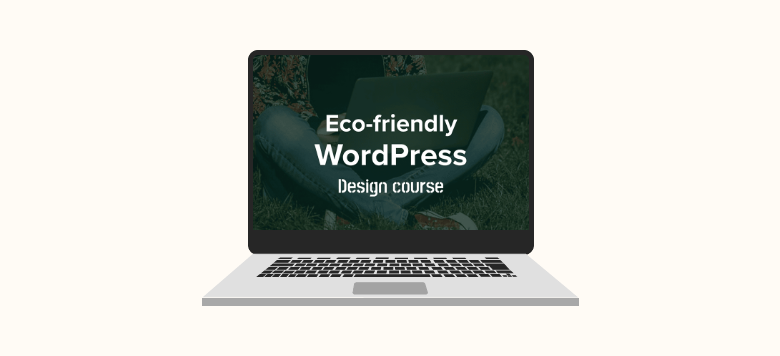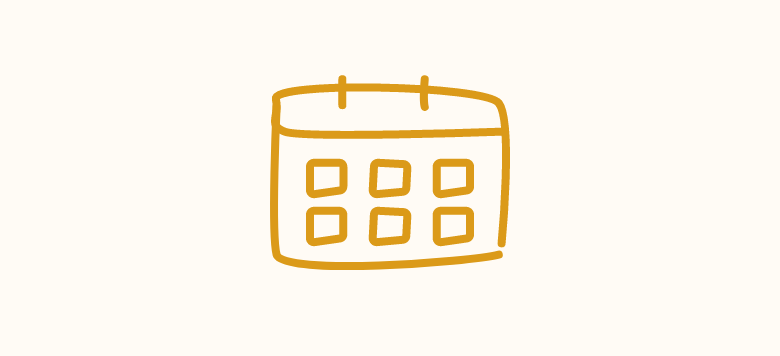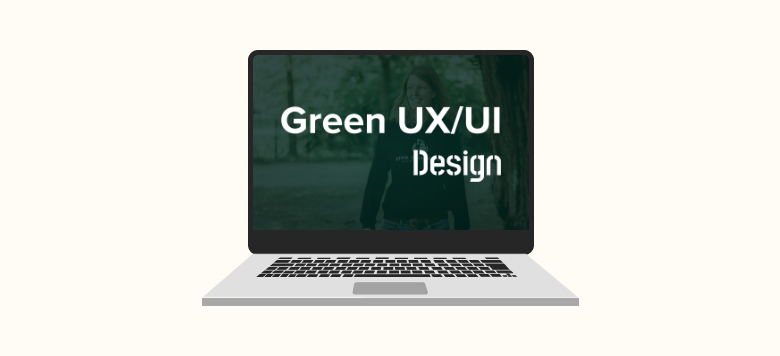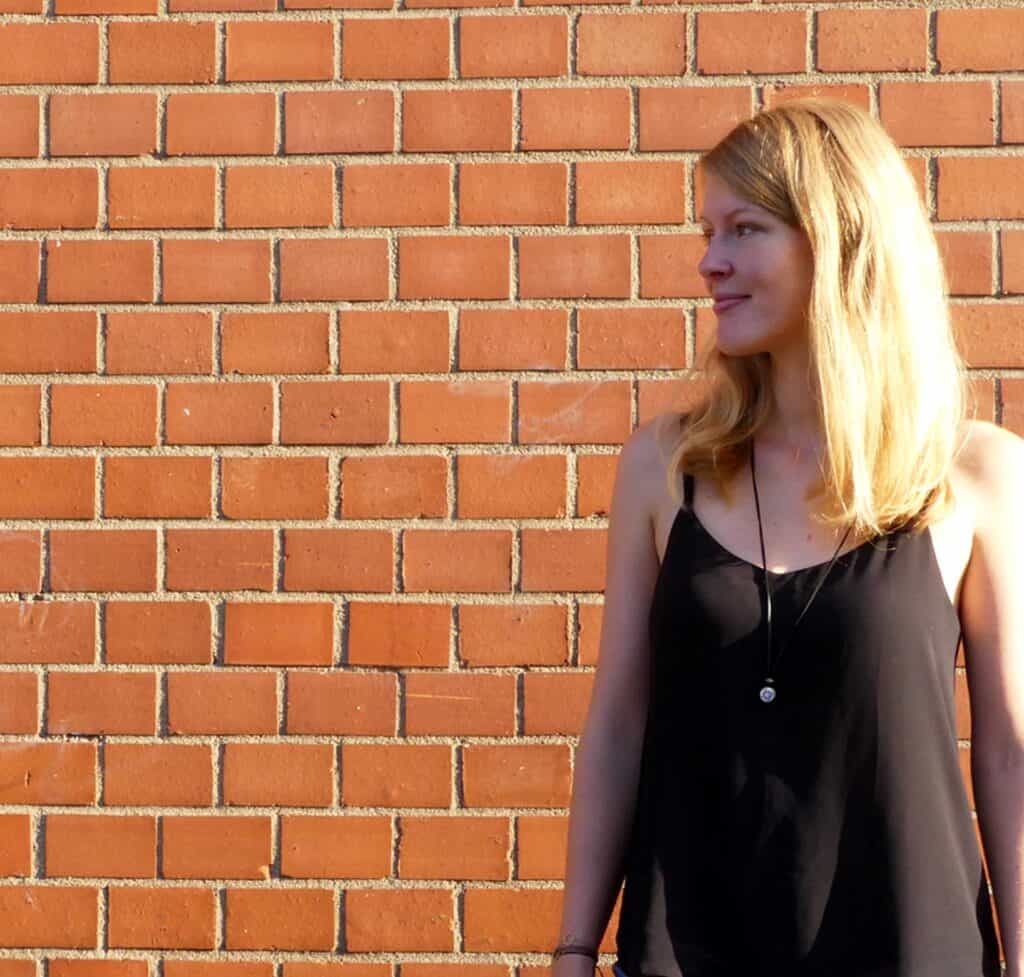Green and sustainable UX/UI design for a greater web
Sustainable and green UX/UI design is the chance to create great, innovative, beautiful, user-friendly AND also environmentally friendly websites. Not only for better usability, but also for best performance, minimal loading times and higher SEO rankings.
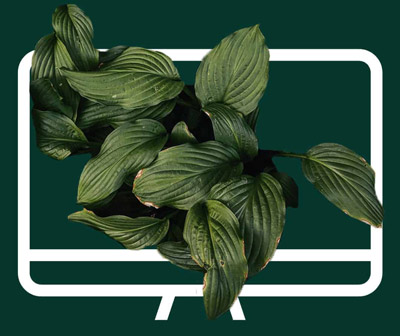
–––
Join the Green UX/UI Design course
Learn the skills of a Green UX/UI Designer with a self-study or live class supported online course. For lightweight designs with positive impact.
–––
Enroll in the Eco-Friendly WordPress Design course
Design WordPress websites that captivate audiences with their usability, beauty and creativity as well as respecting our nature.
–––
Listen to the Green the Web podcast
Learn more about sustainable UX/UI design with the Green the Web podcast. It’s about all kinds of ecological and social design practices, tools and topics.
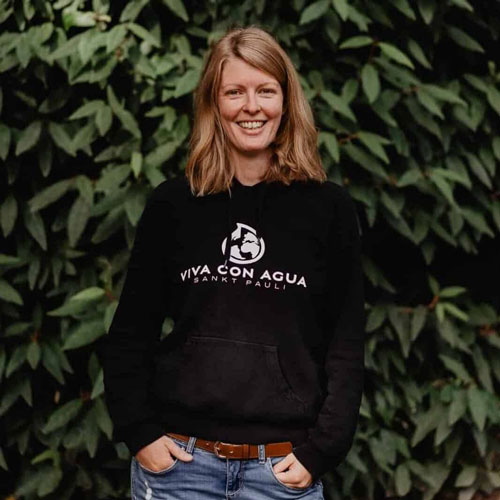
Hi, I’m Sandy, UX/UI designer
As designers, we have a responsibility. Our websites shape society. They frustrate or inspire. They have an impact on our planet. And it is this responsibility that I would like to use wisely. With you. Extending Human Centered Design with Environment Centered Design.
My vision
… is a green, climate-friendly web with happy users, super fast websites, healthy and loving communication, high accessibility, diversity, green patterns as opposed to deceptive patterns and brands and designers who love their digital products and jobs. In balance with all people and nature.
Ecological sustainability
Social sustainability
Societal sustainability
Economic responsibility
Ethical standards


Sign up for the newsletter
Get the latest green web hacks, business insights and news directly into your inbox. Usually sent once a month.

Sustainable best practices
Get inspired by lightweight, user-friendly, aesthetic and sustainable UX/UI designs of the web.

My favorite resources
Scroll through my favorite articles, studies, podcasts, talks, communities, books and tools on sustainable web design.
FAQ
What’s the impact of green UX/UI design?
The world wide web has a big impact when it comes to energy consumption, the usage of water for cooling data centres and the emission of CO2 that comes with it. The average of a website is 1,76g CO2/page view*. Mulitiply that with roughly 10.000 page views every month. Suddenly those super small numbers get quite big. For just one website. And there are millions of websites out there.
What’s the web’s footprint?
Every mouse click starts a dialogue with data centers, that run 24/7 on energy and are cooled down with huge amounts of water. Telecommunication networks and end-user devices add to the massive needs of energy and emit all-together more than 830 million tons of CO2 per year, estimates rising.
Who’s addressed?
Everyone! All businesses and brands are welcome to join the journey whether you are already a deeply sustainable brand, startup, self-employed person, freelancer, initiative or NGO or whether you are in the process of becoming such. We all started somewhere.
What are the benefits?
Sure, ecological sustainability and a smaller footprint are two of the obvious reasons. But next to that you get amazing benefits such as faster loading times, better usability, findability, SEO and reputation. That concludes into happier and most often more users, that trust your brand and buy your products.

